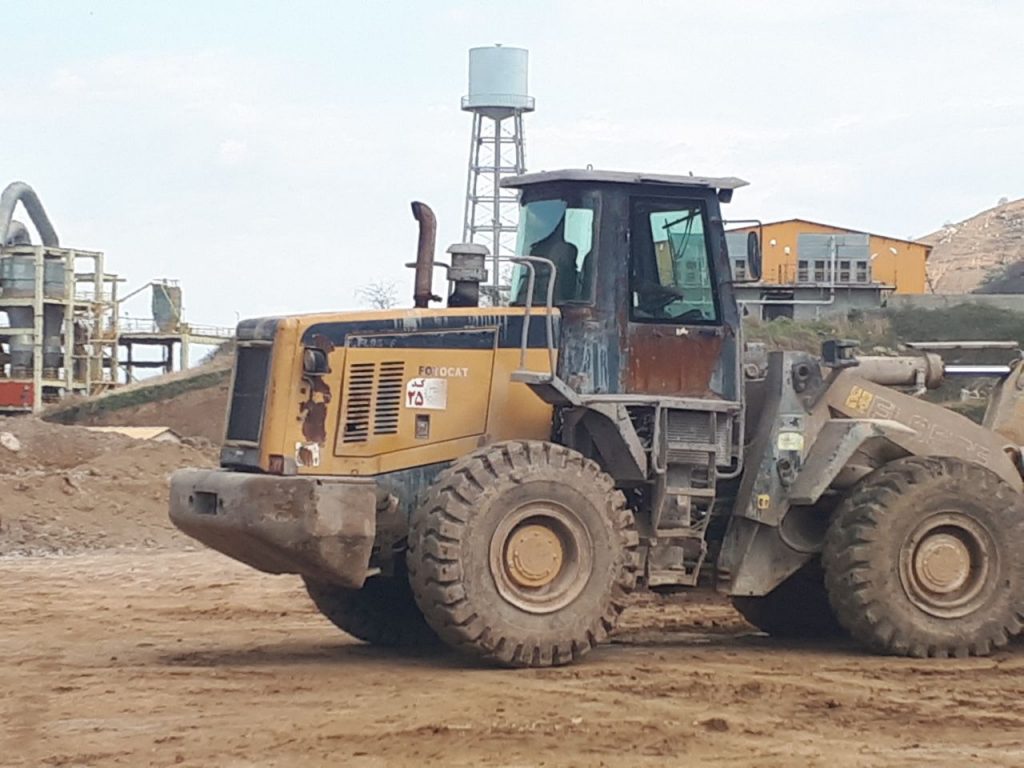How Are Earthworks and Extraction Carried Out?
- 3 primary phases: extraction, transport and implementation
- The main tasks during earthmoving & extraction work
- Can an excavator be used for demolition work?
- The excavator attachments
The earthworks consist in modifying the relief of ground by moving significant quantities of materials (in general: soil, but also rock, sand, gravel, debris of demolition of a building), by creating works in filling (addition of matter) or in excavation (removal of matter) by various machines of earthwork. Whatever the nature of the work, the earthwork must always be carried out according to the rules of town planning provided by the government.
It takes place in 3 primary phases: extraction, transport and implementation.
The earthmoving machines, when used properly, allow a significant productivity gain. Therefore, choosing a suitable construction machine is essential to carry out your earthmoving work, and National Concrete Scanning & Coring offers a wide range of excavator hire. There is a wide variety of machines that can perform earthmoving operations:
– An excavator can dig, load and dump earth.
– The loader can transport and move significant amounts of material.
– Backhoe loaders combine the two and dig or load soil (but not as efficient as an excavator or loader).
– Bulldozers are used for grading and moving materials.
– The mini excavator for demolition work, digging trenches and foundations, removing rubble, backfilling.
Understanding the advantages and disadvantages of each category of equipment is crucial because choosing the right equipment will save you time and money. Conversely, a poorly equipped job site can quickly bankrupt a company.
The main tasks during earthmoving & extraction work
– Digging: Backhoes (alone or on a backhoe) and trenchers are best suited for digging pits and trenches. They are also handy for digging holes, quarry pits, water pipes, septic tanks…
– Loading: Loaders (alone or on a backhoe) are used to load materials: pick them up, lift them, push them, dump them. They can load dump trucks, dumpers, trailers… When a grader or a bulldozer is not available, it allows for levelling the ground.
– Digging-Loading: Some machines are versatile and can perform both tasks. The backhoe, equipped with a loader at the front and a shovel at the back, allows digging and loading. The excavator-aspirator allows excavation work to be carried out by sucking up the earth, thus avoiding damage to buried networks. The scraper (or scaper) allows to extract the material by levelling the ground and storing it in an integrated bucket; it is adapted for mass earthworks.
– Pushing: Bulldozers (also called dozers) are the most suitable equipment for pushing earth. They are powerful earthmoving machines, as they have the best traction. For example, you can use them to clean up areas of debris and level the ground.
You can choose to rent an excavator by contacting National Concrete Scanning & Coring. They can supply excavators 1.5-6 ton. With over 20 years of experience in excavator operation, they can provide expert advice and the right piece of machinery for your project.
Can an excavator be used for demolition work?
The excavator can be a good ally for demolition work. Some of its attachments have been specially designed for this purpose.
When demolishing a building, you should take care to ensure that the size of the machine is appropriate for the size of the work and the size of the house. It is essential to consider the constraints of height, access, and the type of material to be demolished.
The excavator attachments
As a result, various attachments can be adapted to the excavator to effectively demolish a building, the most commonly used being the following:
Crusher bucket: ideal for reclaiming materials
Steel shears: suitable for cutting metal structures
Sorting tongs: ideal for light structures
Hope this post helps you find the right machinery for your project. Please, remember to comment below.
Pingback: How Do You Spray Concrete With a Concrete Mixer | Building construction blog